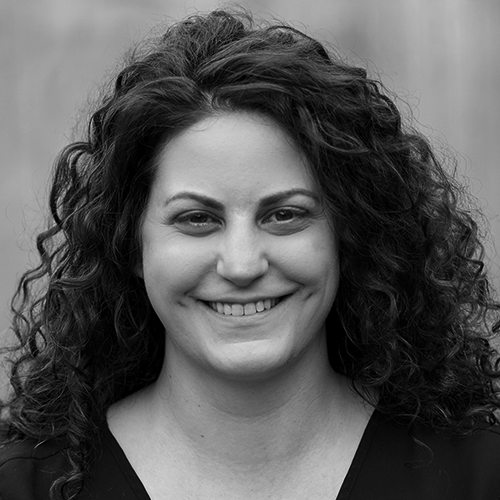
Natalie Tuffield
Patient Advocate
Each year in the United States, 1 in 100 babies is born with a congenital heart defect (CHD). To put this number in perspective, that’s a birth every 15 minutes.
Twice as many children die from CHD each year than all forms of childhood cancer combined. CHD is the most common birth defect in our country and worldwide. And while CHDs are common, there are more than 18 distinct types, each affecting the heart’s structure or function in different ways.
CHD can mean a valve that leaks blood or arteries that are too narrow. It can even mean entire chambers of the heart are reversed in their positions. For me, it meant being born with a hole in the wall that separates the top two chambers of my heart, and a mitral valve that didn’t close evenly.
Treatment options
The treatments for each CHD case look very different, ranging from daily medication to a heart transplant. Despite these differences, until recently, the prognoses were roughly the same. Just a few decades ago, less than 20 percent of children with CHDs survived into adulthood. Then came incredible ingenuity in science and medicine.
Pacemakers once the size of refrigerators now fit in the palm of a hand. Some procedures that used to require open heart surgery can now be performed using a catheter threaded through a small incision in the leg. And new diagnostic technologies, like fetal echocardiograms, can help doctors catch CHDs well before a child is born and prepare emergency intervention.
These innovations – and countless more – have rewritten the narrative. Now, more than 90 percent of all children born with a CHD survive to adulthood. There are more than 1 million adult CHD survivors like me.
These statistics are worth celebrating. They also raise the reality that adults living with CHDs are patched, not cured. We live with lifelong health consequences and we need access to lifelong supports.
Connecting survivors
We need stronger communities of adult CHD survivors. When people with CHDs are beginning treatment journeys, they’re often in the care of pediatric specialists. As they transition to adulthood, they must learn to manage their own care along with the added stressors of growing up.
Communities of adult CHD survivors help bridge this gap and create space to unpack shared experiences. Despite searching throughout my life, it wasn’t until I was 29 and on the verge of my fifth heart surgery that I met another adult CHD survivor. Though the physical hole in my heart had been long repaired, the emotional wounds of my CHD did not begin to heal until that moment.
Just as important as an engaged patient community is an engaged provider community. Ideally, patients with CHDs should receive regular care from a cardiologist who specializes in CHDs throughout the lifespan.
We know that CHD is no longer just a pediatric condition — healthcare systems must continually adapt their structure to reflect that. Healthcare providers must also understand that adults with CHDs — even those with CHDs that don’t require frequent or intensive treatment — are at higher risk of acute and chronic diseases, and have an increased likelihood to experience symptoms of depression, anxiety, and trauma.
Finding funding
That higher risk begets the need for more research into adult CHDs, yet funding for this kind of research lags behind that of other congenital diseases.
What are specific risk factors and how can we lessen their impact? What are the different genetic mechanisms underlying CHDs and how can we leverage them in the fight against it? Are there new medicines and technological applications we can apply to help adults with CHDs?
The closer we get to answering these questions, the stronger the proverbial pulse beats for people living with CHDs.
Collective ingenuity turned this deadly childhood disease into a highly survivable one in just 20 years. If we recommit to the evolution of innovation, patient community, and the healthcare system as a whole, imagine what we will accomplish in the next 20.

